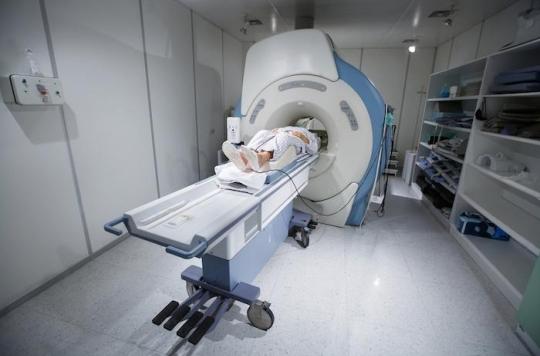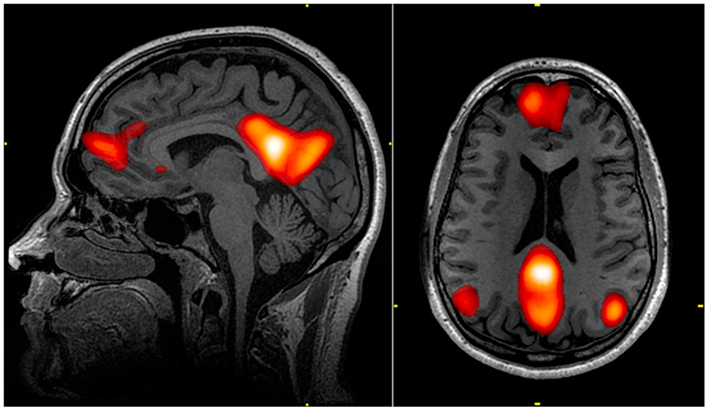Dr Adrian Owen has devised a novel method that allows people unable to blink to answer yes or no questions.

Patients in a vegetative state, which is now referred to as nonresponsive arousal, show no outward sign of consciousness. However, their brain activity is not zero. But it is impossible to communicate with them, unlike patients in a state of minimal consciousness, who can answer yes or no, by blinking, for example.
But impossible is not British-Canadian. A famous English neuroscientist, the Dr Adrian Owen, who is now continuing his research at the University of Western Ontario (Canada), uses a rather unexpected method that allows him, in some of these patients, to establish a connection through language.
Tennis is yes
The protocol is as follows: the interrogator asks a closed question. If the patient with nonresponsive arousal syndrome wishes to answer “yes”, all he has to do is think about a tennis match for 30 seconds, and do so ten times in a row, in order to be 100% sure that he is answers the question well.
This particular thought stimulates dense areas in synapses in the brain, at the level of the pre-motor cortex. All actions, such as catching the racket, hitting the ball or watching its movement are imagined. This peak of activity is then observed using functional MRI.
A first saving experience
This procedure sounds simple, but is actually the culmination of 20 years of research. Dr Owen first used imaging to observe brain activity in 1997. His first patient, Kate, appeared to be in an apparently full vegetative state.
The neuroscientist had the idea of tracking down a brain reaction to the sight of photos of his family using a scanner. “To my surprise, a reaction developed in an area of the brain called the fusiform gyrus (an elongated area below the brain lobes, editor’s note), he explains in the Daily Mail. This area is associated with facial recognition. “
A few months later, Kate gradually came out of her non-responding waking state. She was even able to send him a letter, years later, calling on him to use his case to promote the use of brain imaging to show the state of consciousness of patients in his case.
The functional MRI revolution
Dr Owen then began to use functional MRI, which, unlike conventional scanners or MRIs that give a snapshot, can follow the evolution of brain activity, as on a video, and in real time. Active areas are identified by the amount of oxygen they use.

Functional MRI scan of the brain (Wikimedia Commons)
In 2012, his search continued with a man who was run over by a police car on his way to a crime scene. The patient, Scott, showed no signs of consciousness, but his family believed he was still there.
Dr. Owen tried several protocols: he asked him to look at himself in a mirror, to think about touching his nose, to stick out his tongue… None of his actions worked. Until one of his collaborators, Davinia Fernandez-Espejo, offers the patient to imagine himself playing tennis.
First discussion
“I still get goosebumps when I think about what happened,” says Dr. Owen. On the monitor screen, Scott’s brain lit up with a myriad of colors. With his family’s permission, he immediately asked him if he was in pain after 12 years of vegetative state. To answer “no”, he asked her to imagine a tennis match. The patient’s brain lit up.
It was the first time that Dr. Owen had managed to communicate with a patient in this condition. The technique does not always work. Once in five, he says. Otherwise, patients’ brains are too damaged to allow any exchange.
.














